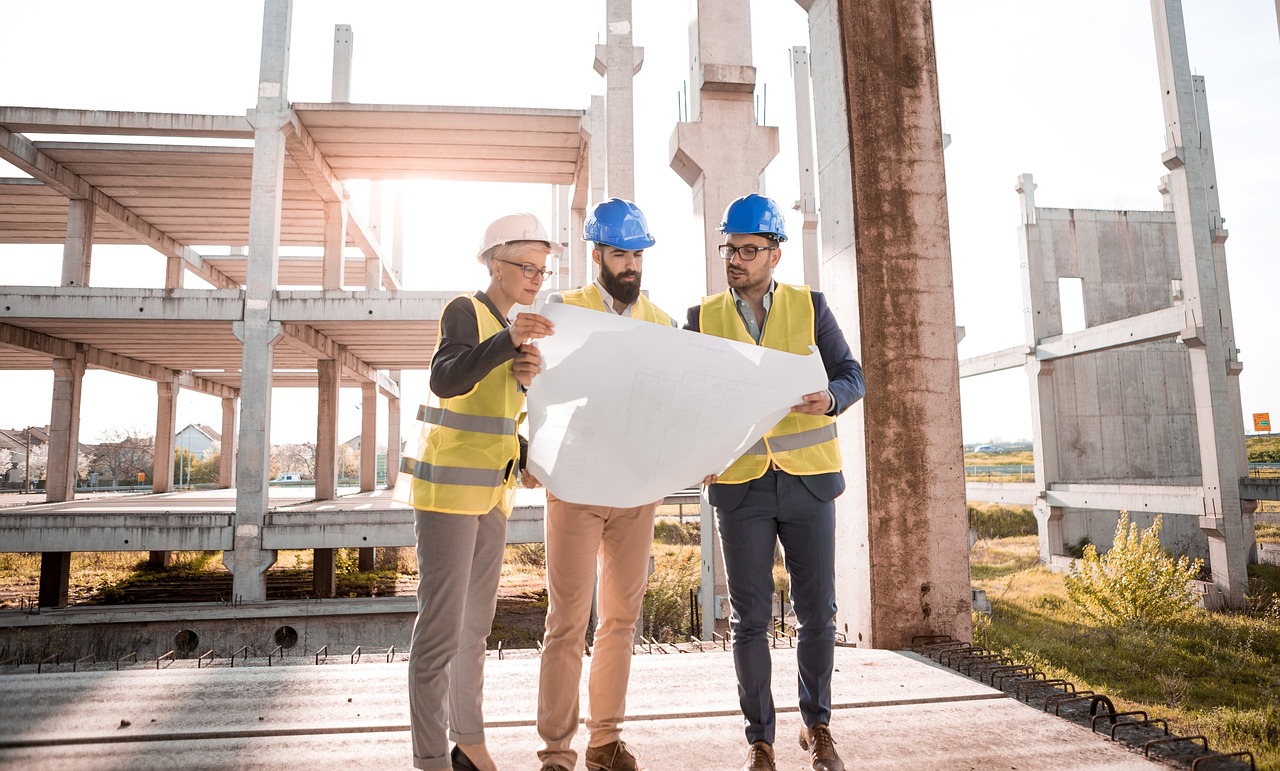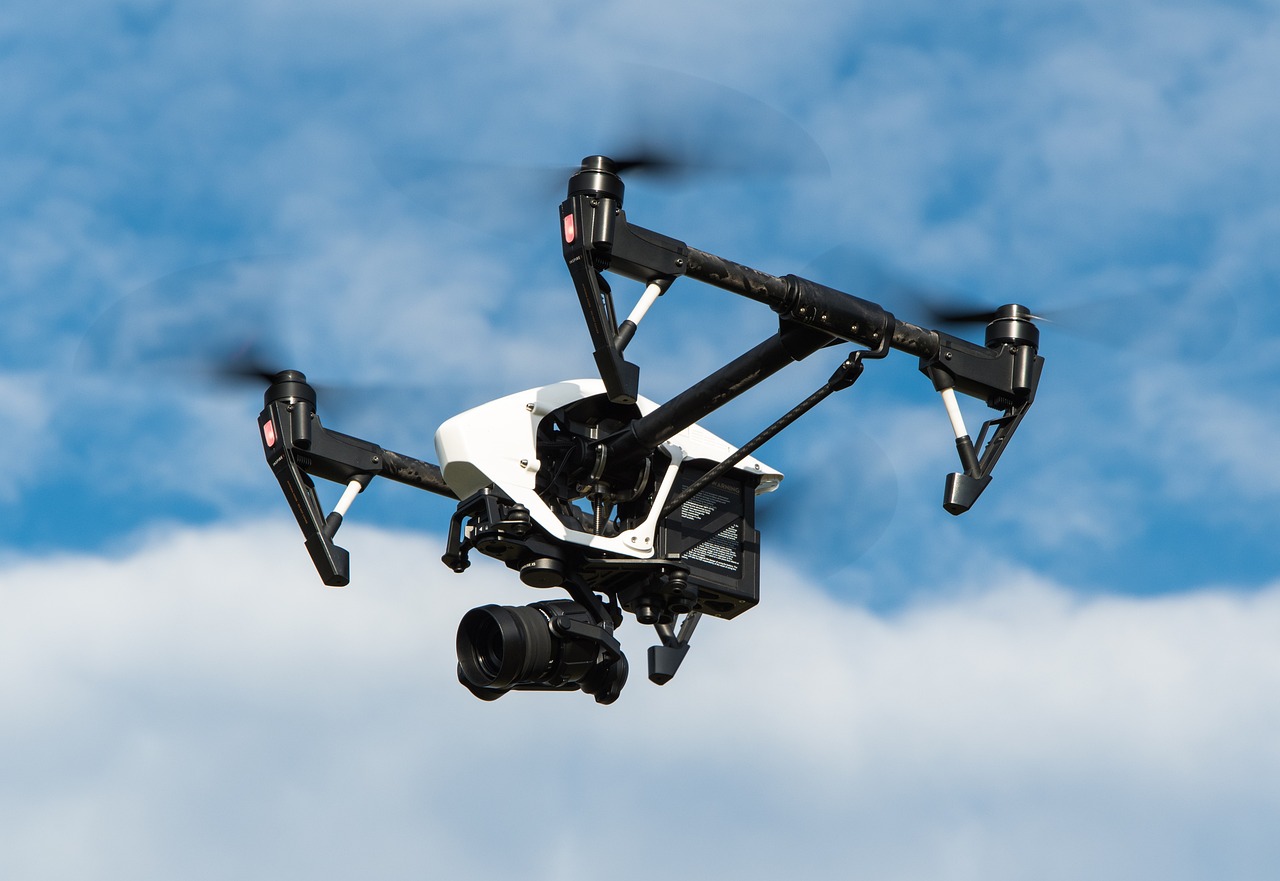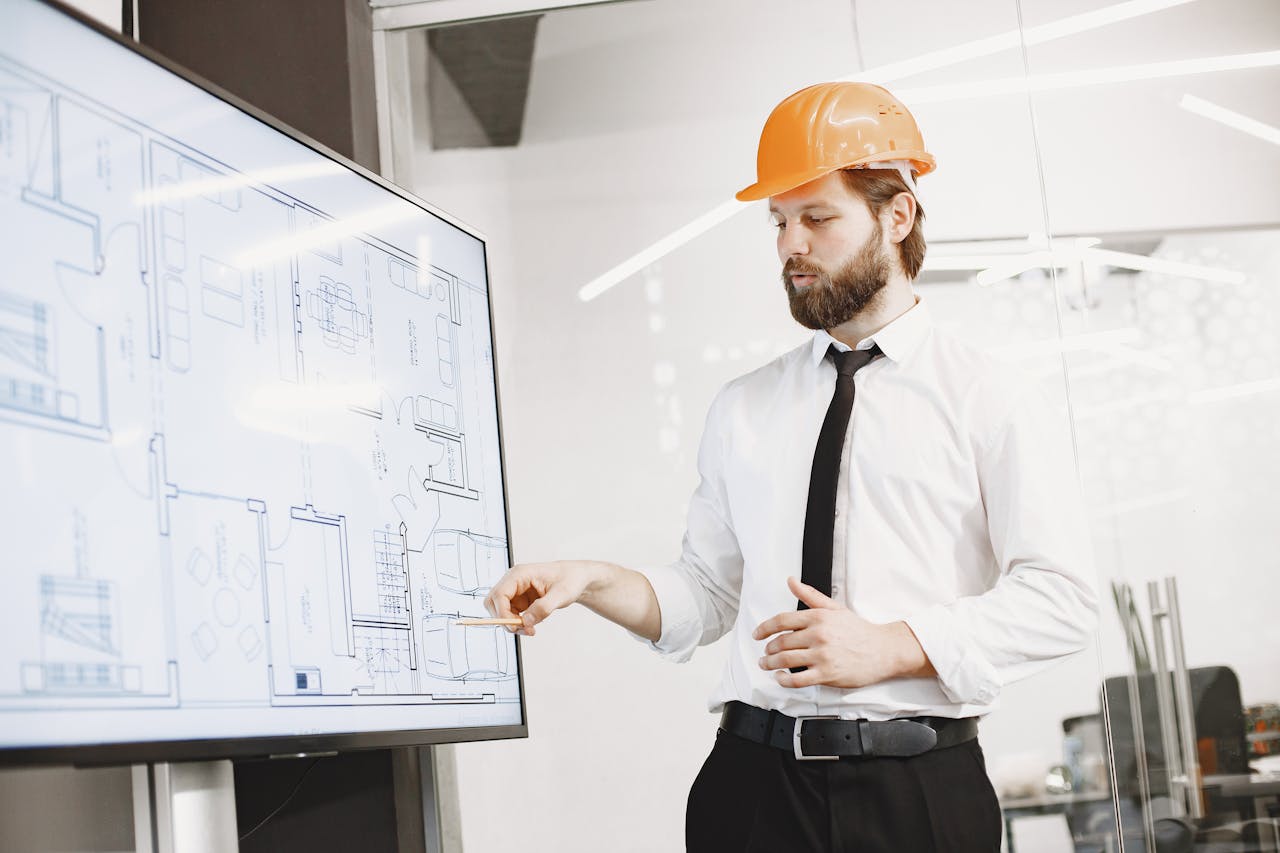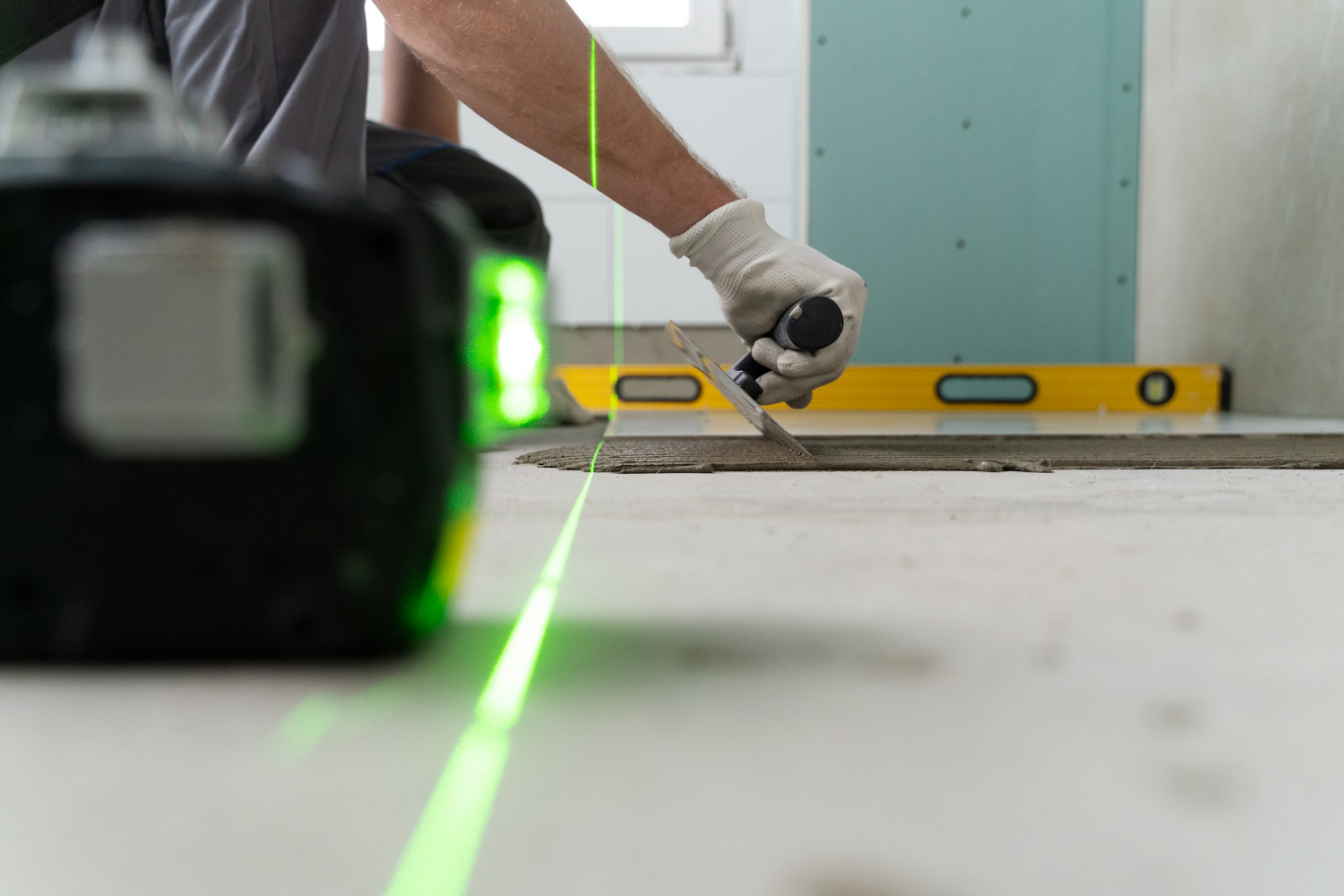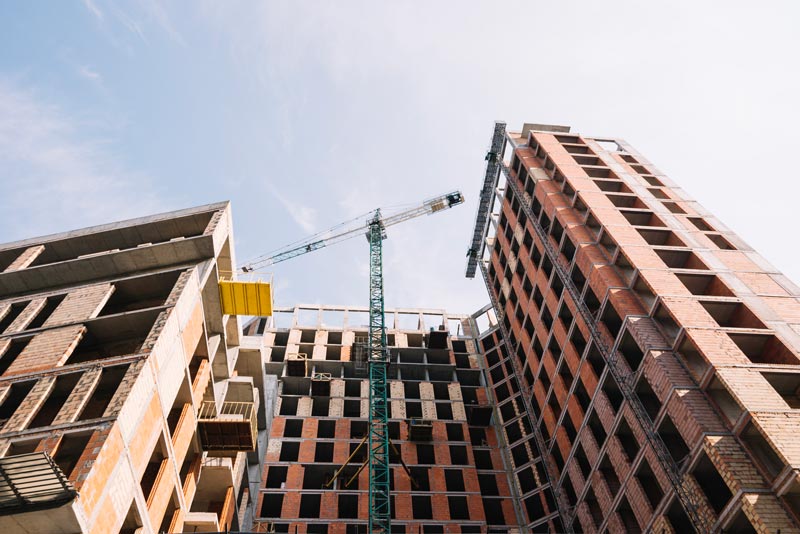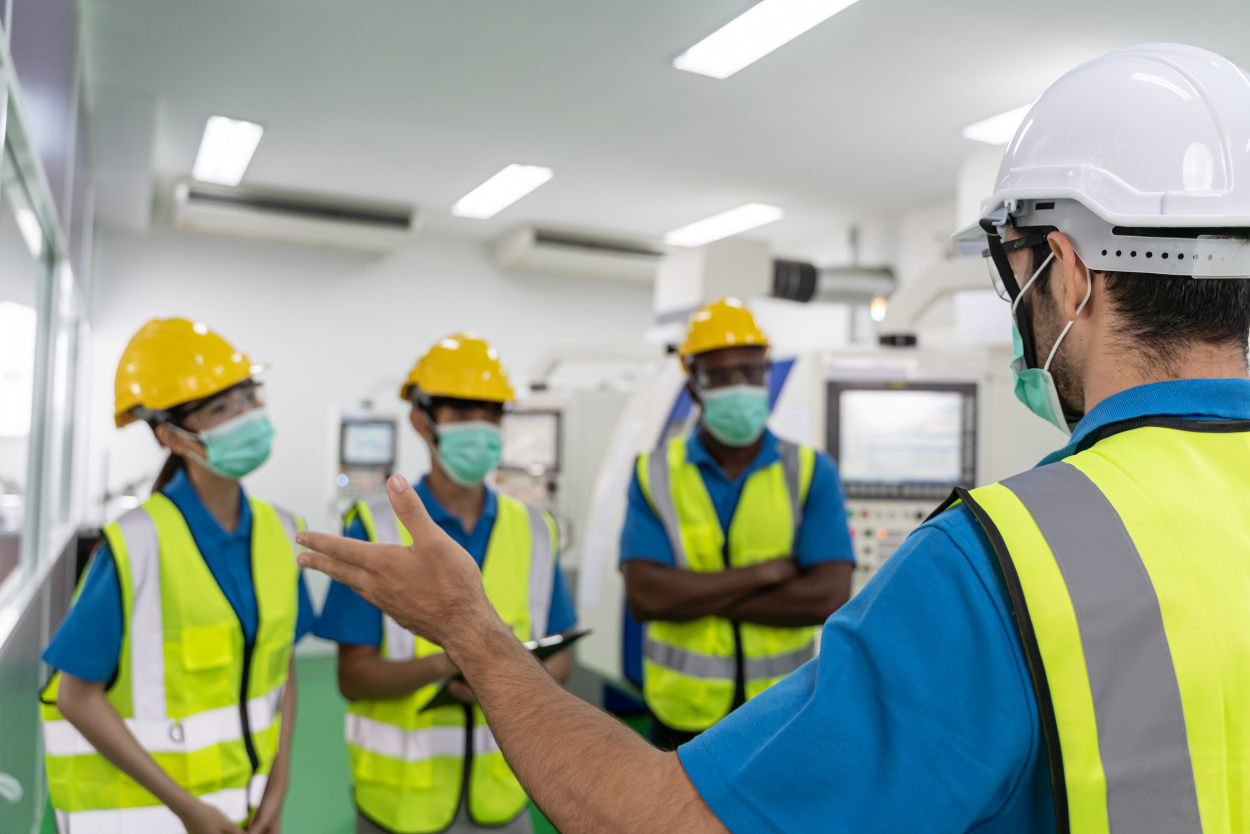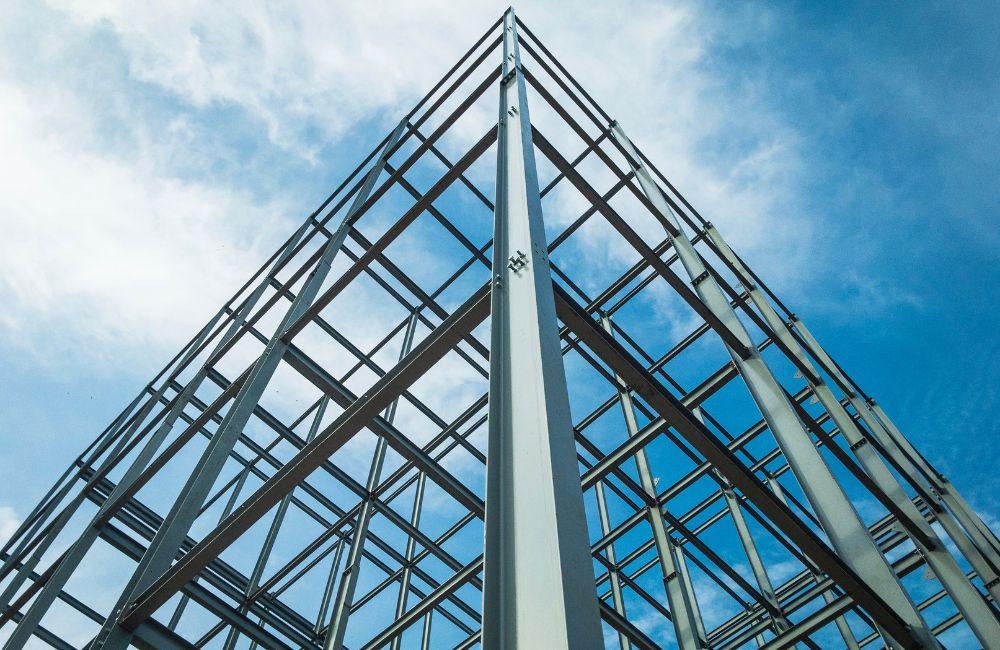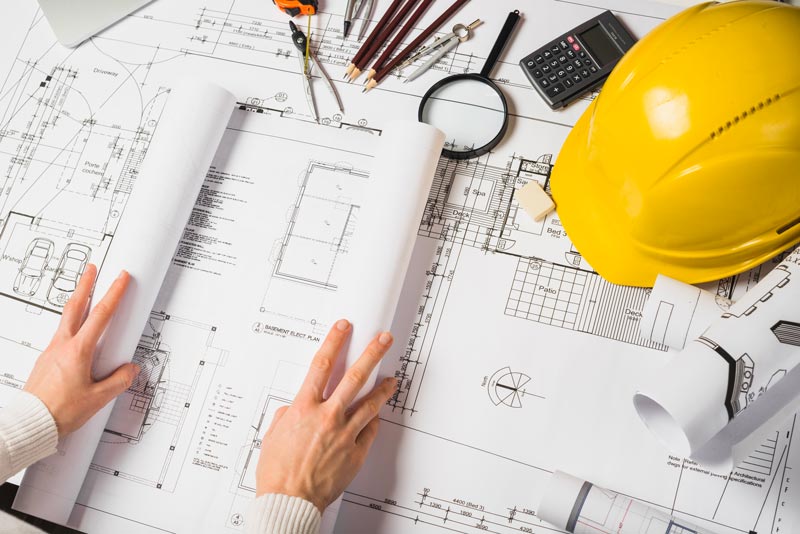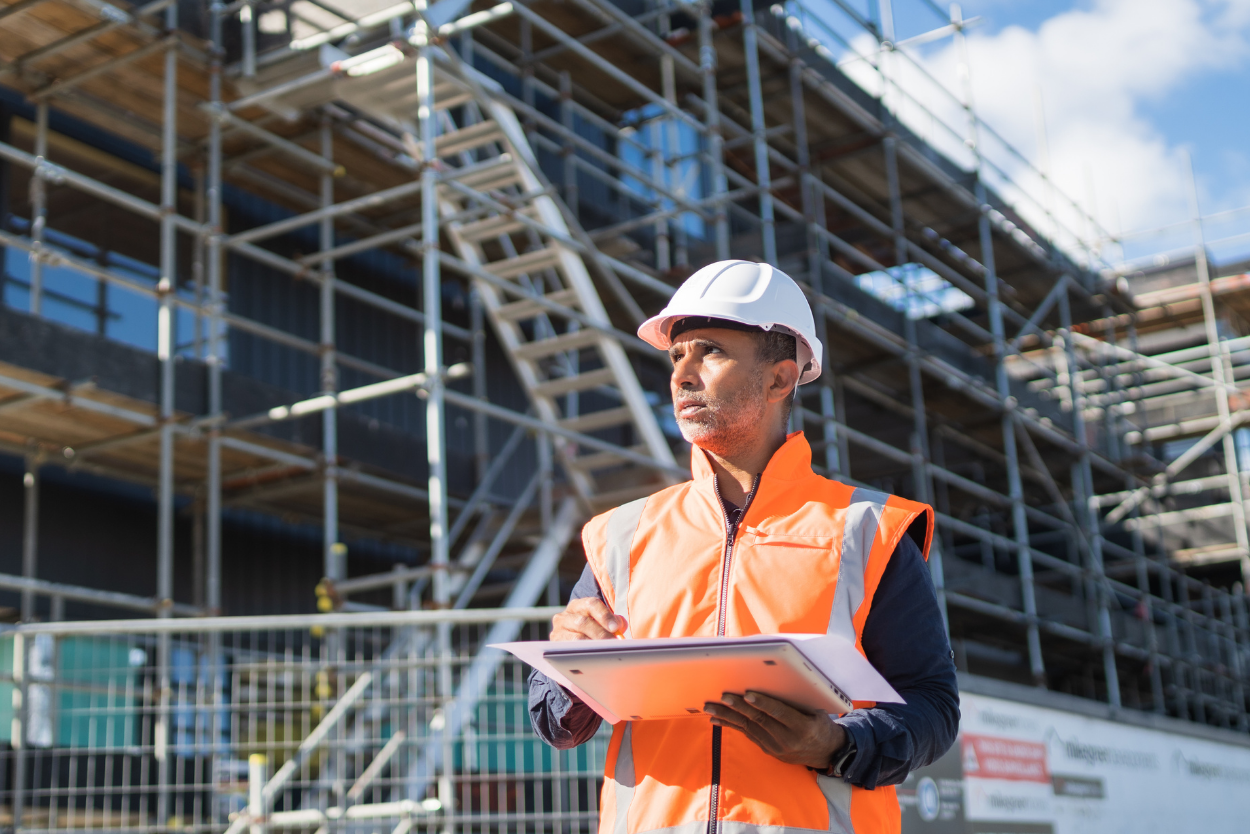The construction sector is undergoing a technological revolution post-COVID19, viewing technology as essential for safety, efficiency, and sustainability. In 2024, the industry is integrating sophisticated technologies that fundamentally alter project management and construction processes. This marks a significant shift, as technology is now considered an essential means for industry progression, rather than just one of its many tools.
The best part?
These changes are not minor upgrades but transformative shifts revolutionizing how projects are conceived, structured, and implemented with unprecedented levels of accuracy, effectiveness, and teamwork.
Construction Market Overview for 2024
According to the 2024 Engineering and Construction Industry report from the Deloitte Research Center for Energy & Industrials, the construction sector saw a notable increase in activity compared to 2022 while maintaining a similar expenditure to the preceding year.
Despite the apparent surge in productivity due to inflation, the reality was an augmented spending scenario, driven by the escalating costs of goods. The industry grappled with rising prices for essential materials like steel and wood, coupled with excessive labor expenses and other financial challenges, thereby heightening the overall risks associated with construction projects.
Although experts predict that the price of building materials may stabilize in 2024, many of the difficulties that contractors are currently encountering this year may still exist the following year. Nonetheless, it is possible that more money may be spent on manufacturing and large-scale construction projects like bridges and roads, which would increase demand for builders.
Additionally, new tools and technologies are being developed to help builders work with efficiency and solve any issues swiftly. This implies that they are able to function more productively and deftly in challenging circumstances.
10 New Construction Technologies in 2024
1. Additive Manufacturing
Building with 3D printing is a fascinating new development in construction. Rather than utilizing traditional brick and mortar, builders may now "print" large objects, such as building components, bridges, homes, and even extremely tall skyscrapers, using a specialized machine. This process is similar to printing a three-dimensional image from a computer file. This innovative approach to construction can expedite project completion, save labor costs, and promote more conscientious use of building resources like metal and wood.
A report by Allied Market Research says that the 3D printing market could grow from $1.4 billion in 2021 to $750.7 billion, with a fast growth rate of 87.3% each year.
2. Construction Drones
Drones used during construction are a variety of flying cameras that allow builders to view and comprehend details that are difficult to see from the ground, such as structure damage or fissures. Drones equipped with lasers can be used to survey the construction site before any work is done.
With the use of drones and virtual reality technology in 2024, contractors will be able to obtain extremely precise data regarding the size and appearance of future buildings. This maintains the building project's high value and enables the project managers and technical engineers to accomplish their tasks more effectively.
3. Connected Construction Sites
Connected construction is a big network where all the equipment, vehicles, gadgets, and people on a construction site are connected to each other using wireless or digital technology. It is all managed by one company or organization.
Think of it like a web where not only people but also places and all the machines and tools are linked together. They can share information and work together more smoothly.
To understand it better, imagine a normal office where all the computers and tech devices are connected and managed by a central IT team. Now, picture adding construction vehicles like bulldozers and cranes into this network. They all communicate and are controlled in a similar way. This is how connected construction works — it's like a smart, connected office, but for construction sites.
4. Robotics and Automation
The construction sector is among the numerous industries adapting to the prevalent use of robotics and automation for streamlining business processes. This can help construction companies overcome staff shortages, cut costs, and support sustainability. As such, robots do not tire, make costly errors that necessitate rework, and work more quickly; thereby reducing the time frame for implementing construction projects.
In addition to traditional methods of building structures, using human labor automation can also prevent accidents related to it. Applying automation and robotics guarantees better performance quality. All of these factors make it worthwhile for construction firms to invest into these types of technologies capable of enhancing their long-term productivity levels.
5. Building Information Modeling (BIM)
Creation and management of data through Building Information Modeling (BIM) is done during design, construction, and operation stages. BIM merges data from multiple softwares resulting in detailed digital models which are overseen within an open cloud platform for real-time collaboration. Using BIM enhances visibility and decision-making, allowing for the consideration of more sustainable choices and cost saving in architecture, engineering, and construction (AEC) projects.
6. 3D Laser Scanner
A laser scanner operates by emitting rapid pulses of light that reflect off surfaces and return to the scanner. This process employs a technology known as LiDAR. The scanner figures out how far away an object is by timing how long it takes for the light to go out and come back. Each little piece of this information gets turned into a point with specific coordinates.
To scan a whole site, the laser is used from different spots to scan individual objects. It collects millions of these points and combines them into a point cloud. This creates an accurate 3D model of the site, showing exactly how it looks right now.
The laser scanning technology is all new, its implementation only started around the 1990s. According to Autodesk, the construction industry is seeing a growing need for laser scanning, with expectations of a $10 billion increase in this area by 2024.
7. 4D Simulation
The goal of 4D simulation is to enhance a 3D building model with a timeline. It's similar to putting together a calendar that indicates when each component of the construction will be completed with a comprehensive model of the structure.
This makes it easier for project participants, such as architects and builders, to visualize and comprehend how the building will be constructed piece by piece. Although 4D simulation existed before BIM, it is currently utilized in conjunction with it. This combination facilitates more effective and efficient planning and monitoring of the construction project at various phases.
These days, it's common practice to use 4D BIM simulations to ensure that a design can be constructed correctly at different phases of the building process.
8. Cloud Computing and Collaboration Platforms
Cloud computing is similar to using the internet for various computer services, program execution, and storage. With cloud computing, you can use distant computers and storage instead of only the ones that are directly in front of you. All of these are accessible online, which is quite practical and a significant improvement over the previous method of doing things.
In the past, the construction industry was heavily dependent on manual labor and paper documentation, which posed challenges to effective communication and teamwork. These issues can be resolved in 2024 by project teams working together online, in real time, and in one location due to the development of cloud computing.
9. Digital Twins Advancement
A digital twin is an online representation of a physical location, formed by combining several types of data in one centralized platform. This includes sensor data, real-time building performance statistics, and three-dimensional representations of the structure. Its purpose is to test and refine decisions on what materials to use, how much energy the structure will require, and when maintenance is necessary.
Additionally, digital twins are excellent at anticipating issues before they arise, which reduces repair time and increases security. Engineers, for instance, can use a digital twin to predict the potential damage that severe weather may do to a structure or bridge, allowing them to design it to be stronger and safer in advance. By streamlining collaboration and providing a centralized hub for data-driven decision-making, digital twins contribute significantly to improving productivity and expediting project timelines in the construction sector.
10. Internet of Things
The idea of the Internet of Things, or IoT, involves connecting commonplace items to the Internet, such as buildings, vehicles, and lights, enabling communication and exchange data. Although it has existed for some time, new technology has recently made it more significant.
However, in 2024, IoT is altering how we use technology in the construction industry. It's all about connecting machines and sensors to other devices so they can gather and exchange data.
This concept is particularly notable in smart homes, smart vehicles, and even smart cities. With IoT, these locations can be more creative, automated, and resourceful. For instance, a smartphone app can be used to control many systems in a smart home, such as lighting, heating, security, and entertainment, from a single location. Data is gathered via sensors installed in the home to improve efficiency, lower expenses, conserve energy, and increase safety and security. The core of IoT is the concept of all these gadgets being linked and cooperating.
Frequently Asked Questions (FAQs)
1. What are construction site technologies?
- Construction site technologies are new software or tools for construction sites that are utilized to modernize and streamline building projects. These technologies serve their purpose both on and off the construction site, and they can be partially or completely automated.
2. What is the average cost of construction software development?
- Creating construction software typically costs between $50,000 and $1,000,000. Depending on the software's requirements, production time, and budget, this cost may vary.
3. How to invest in construction software development wisely?
- It is critical to identify your unique technology requirements, pick a trustworthy and experienced software development partner, and ensure that the partner offers solutions specifically tailored to the construction sector to make an informed investment in construction software development. To match the software with your objectives, use personal consultations and educational materials, as well as keeping your timeframe and budget in mind.
Revolutionize Your Project with Our Advanced Design-Build Solutions!
Ready to see where the future of construction is taking us? At Claris Design•Build, we blend state-of-the-art technology with professional design-build solutions to actualize your dreams. Join us at the forefront of the construction industry's future and let’s build a tomorrow that reflects your vision and stands as a testament to the possibilities of advanced design-build solutions.



